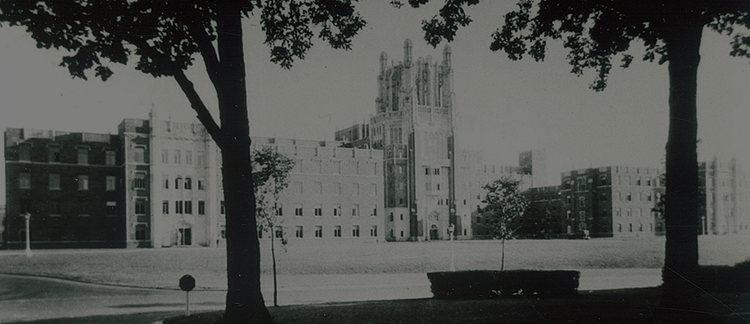Abstract
Objective: Uterine myoma, which arises from the myometrium of uterus, is among the most common benign tumors of women. Generally, it has an asymptomatic character, however, in symptomatic cases, it presents with abnormal uterine bleeding. The objective of this study is to determine whether preoperative diagnostic curettage is essential or not by comparing the preoperative and postoperative endometriums of patients that underwent surgery with uterine myoma diagnosis.
Material and Method: In this study,260 patients that received surgery with uterine myoma diagnosis in the Gynecology and Obstetrics Department of Taksim Education and Research Hospital in Istanbul between January 2007 and January 2010, were included. The histopathologic analysis of specimens obtained by preoperative curettage and hysterectomy, was carried out in a retrospective fashion.
Results: The mean age of patients was 48.3 ± 7.5 years. The distribution of preoperative curettage specimens with regard to endometrial status was as follows: phase compatible endometrium in 156 (60%), endometrial polyp in 74 (28.5%), atrophic endometrium in 20 (7.7%), and endometrial hyperplasia in 10 patients (3.8%). Among the phase compatible endometriums, 85 patients (54.5%) had proliferative endometrium, 39 patients (25%) had late secretory phase endometrium, and 32 patients (20.5%) had early secretory phase endometrium. The distribution of postoperative hysterectomy specimens with regard to endometrial status was as follows: Phase compatible endometrium in 160 patients (61.5%), endometrial polyp in 61 patients (22.5%), endometrial hyperplasia in 14 patients (5.4%), and atrophic endometrium in 25 patients (9.6%). Among the phase compatible endometriums; 96 patients (60%) had proliferative endometrium, 44 patients (27.5%) had late secretory endometrium, and 20 patients (12.5%) had early secretory endometrium.
Conclusion: No difference was observed between the histopathologic results of diagnostic curettage and hysterectomy relative to malignancy or a pathology that would change the surgery plan. The result is very important because it shows that performing curettage before myoma surgery is not an essential procedure. In this study, since endometrial cancer may not have been detected due to limited number of patients, further studies including higher number of patients are required to confirm our results.
Keywords: Leiomyoma, fibroids; uterine, dilatation and curettage, hysterectomy, uterine neoplasms
How to Cite:
Yumru, A. E. & Dincgez, B. & Dogru, F. & Ondes, B. & Bozkurt, M. & Yumru, C., (2013) “Is it essential to perform preoperative diagnostic curettage in patients scheduled for uterine myoma surgery?”, Proceedings in Obstetrics and Gynecology 3(2), 1-8. doi: https://doi.org/10.17077/2154-4751.1216
Rights: Copyright © Ayse Ender Yumru, Burcu Dincgez, Faith Dogru, Banu Ondes, Murat Bozkurt, Cengiz Yumru, 2013.
Downloads:
Download pdf
View
PDF

